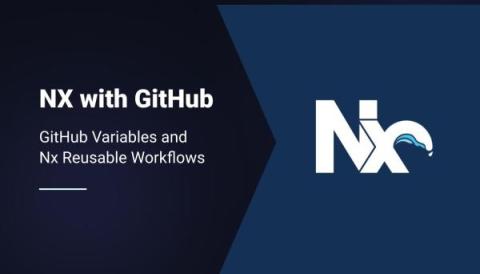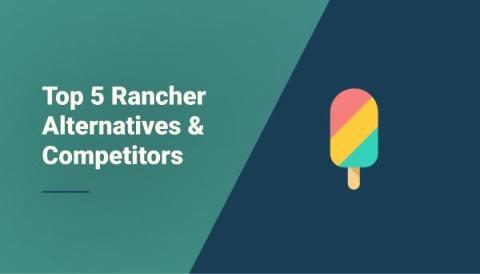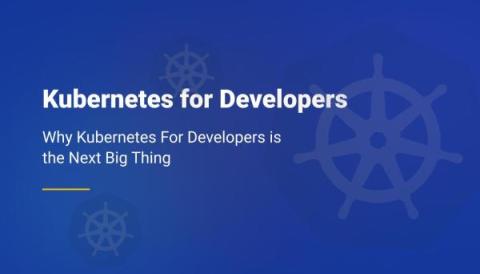GitHub Variables and Nx Reusable Workflows
At Qovery, we build our frontend using Nx and rely on the official nrwl/ci GitHub Actions. Our frontend requires third-party tokens during compile time, but we would like to avoid hardcoding them or using the.env file to define our tokens. The latter exposes our source code directly on GitHub, and even though it's not sensitive data, we don't want it to be easily scraped.











